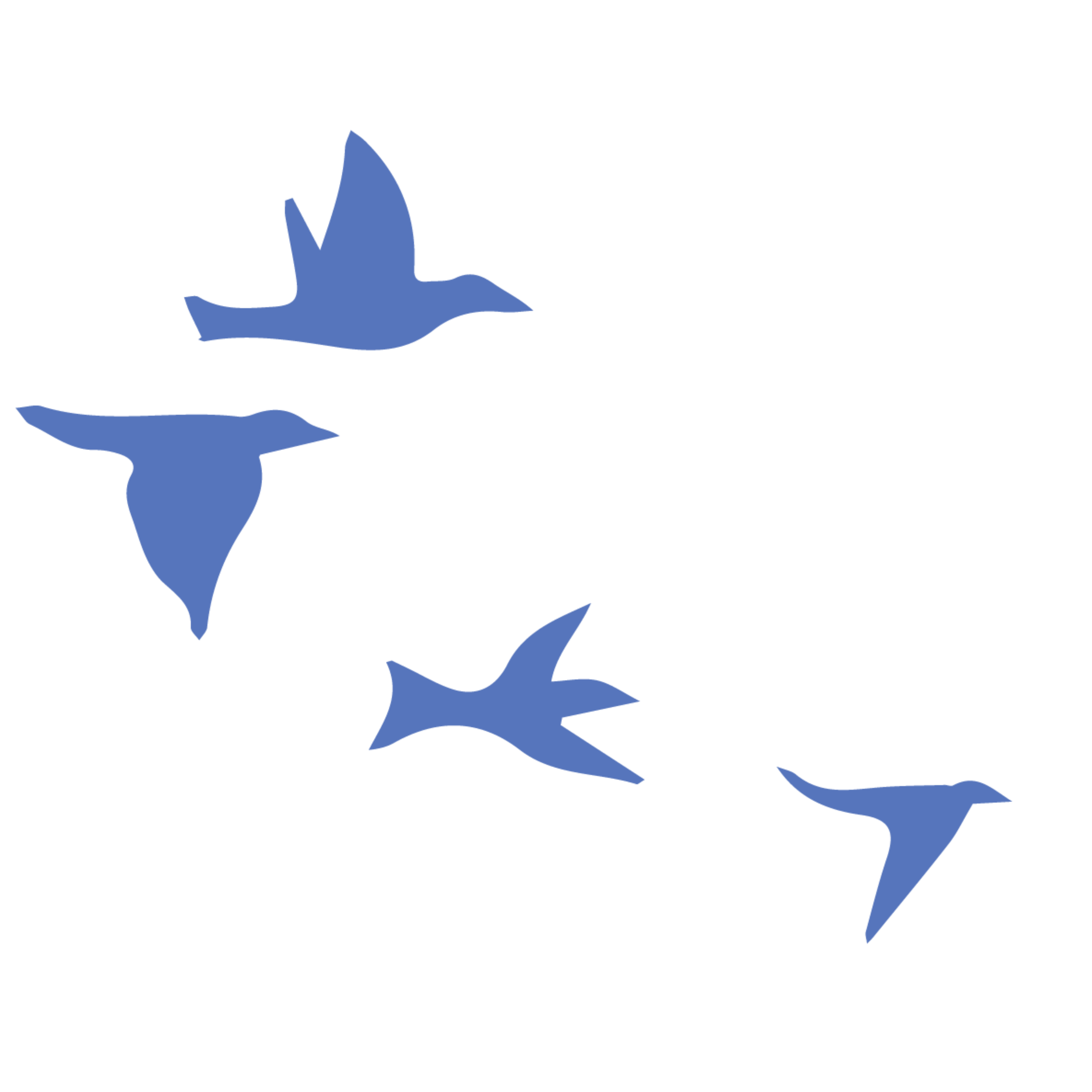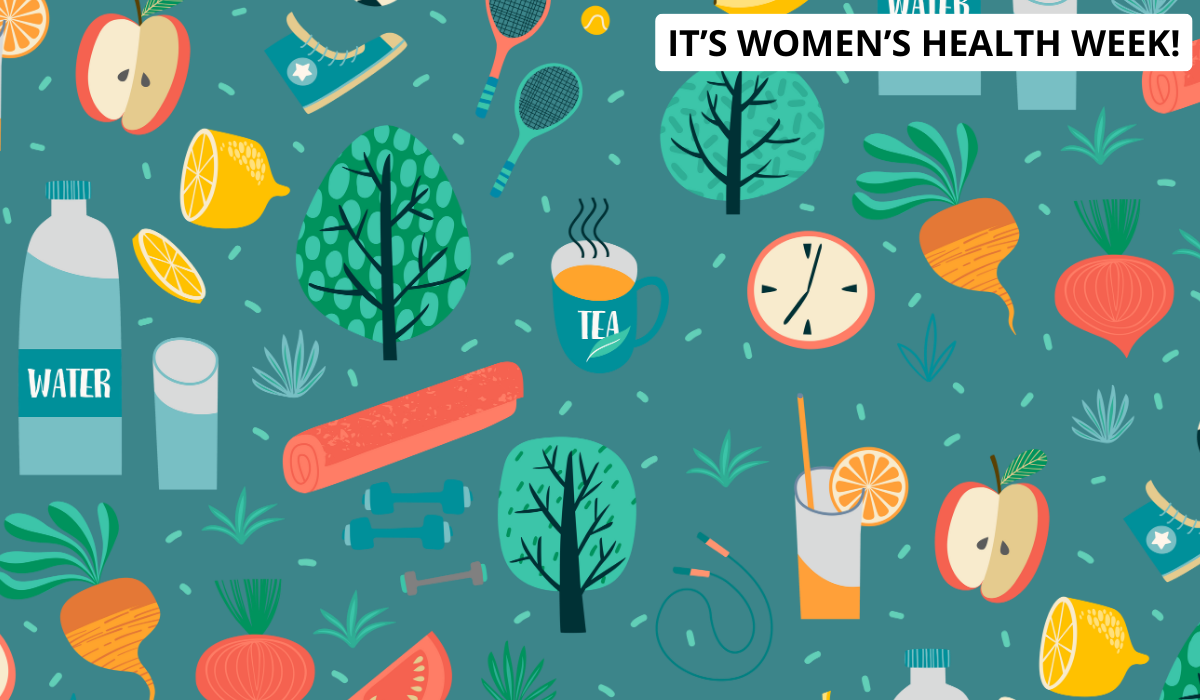I’ve Interviewed Hundreds of Women’s Health Experts

As a journalist who has covered women’s health for the last twenty-five years, I’ve interviewed hundreds of researchers, clinicians, and specialists who are working tirelessly to close the gender gap in medicine. Our conversations often leave me in awe, and the information has helped me understand my body and health in new ways. It’s also helped me communicate with my doctor, giving me the language to be specific when I share how I’m feeling and the confidence to advocate for myself.
To kick off National Women’s Health Week—which aims to highlight women’s health issues and encourage all women to prioritize our physical, mental, and emotional well-being—I’m sharing some of the expert advice I’ve received that has really helped me move the needle and feel like the healthiest version of myself.
These tips have helped me feel more grounded, curious, and in charge of my own health. I hope they do the same for you.
Tip No. 1: For better sleep, resist “revenge bedtime procrastination.”
This is a new term for an age-old scenario where you’re so busy throughout your day that you get defiant at night, desperate to steal back some time just for you. Because many of us watch a favorite TV show during this time, Shelby Harris, PsyD, a licensed clinical psychologist who specializes in behavioral sleep medicine, recommends turning off autoplay on streaming services.
“If you turn off that function, it forces you to make a conscious decision as to whether you’re going to watch the next episode, which is often enough to give you that little pause to ask yourself, ‘Do I want to choose sleep, or do I want to watch another show?’” says Dr. Harris. “If you choose to watch another episode, that’s fine every once in a while!” But that pause will help you make it the exception, not the norm.
Tip No. 2: Stress can actually help your immune system—if you hit your stress sweet spot.
Too often, women are told to “stress less.” But here’s something that may surprise you: When stress is acute (and you’re not in actual danger), you can think of it as “good” stress that benefits the immune system, honing its function and improving its surveillance capabilities over time, says Heather Moday, MD, The Immunotype Breakthrough: Your Personalized Plan to Balance Your Immune System, Optimize Health, and Build Lifelong Resilience. Exercise is a great example of this, as well as cold plunges, saunas, and even cognitive challenges. However, when stress becomes chronic, cortisol loses its feedback mechanism and it can lead to chronic inflammation, which tires out your immune system and makes it less effective.
The goal is to be the Goldilocks of stress, says Dr. Moday: You want to get just the right amount to keep your immune system in fighting form, and stay alert to the signs that stress is becoming overwhelming—think things like muscle tension, jaw clenching, anxiety, irritability, or withdrawing from social events—so you’re more likely to catch yourself before it becomes chronic.
If you start to feel that unhelpful type of stress, Dr. Moday recommends taking a breath-work break. Her go-to practice is box breathing: Breathe in for a count of four, hold your breath at the top of the inhalation for a count of four, breathe out for a count of four, and then hold your breath for four counts after your exhale. “This pumps the brakes on the stress response,” she says.
Tip No. 3: It’s especially important for women to eat before working out.
For years, most of us followed the (wrong) advice about eating less and exercising more in order to lose weight. The more we restrict calories and the more calories we burn when we exercise, the more weight we’ll lose and the better our bodies will look, right? Wrong, says Katie Hirsch, PhD, assistant professor in the Department of Exercise Science at the University of South Carolina’s Arnold School of Public Health. In fact, fueling your workouts is especially advantageous for women.
Why? Like so many sex-specific differences that are finally being properly studied, the answer lies in physiological differences that can be understood from an evolutionary perspective. Male physiology favors being strong, fast, and powerful—which meant being able to physically perform even in a fasted state. Female physiology favors endurance. “We were designed to survive, reproduce, and then keep ourselves and other little humans alive—and as a result, the female body is more sensitive than a man’s to energy stores and nutrition availability,” says Dr. Hirsch.
Translation: If you exercise after restricting calories and carbohydrates, that exercise will be even more stressful on your body than it already is, making it feel harder while you’re at it and making it tougher for you to recover once you’ve finished. On the flip side, going into a workout fueled—particularly with protein and carbohydrates—gives your body what it needs to get through your workout and recover quickly. Bonus: Eating before a workout also up-regulates the amount of protein your muscle cells turn over in the hour or so after your workout (your anabolic window), which ups the ante on the “afterburn” effect of a workout and helps you continue to burn calories and oxidize fat postworkout.
Tip No. 4: IUD insertion shouldn’t be excruciatingly painful.
While I’ve never had an intrauterine device (IUD), many of my friends have them—and every one of them has shared what sounds like a horror story about how painful it was to have it inserted. This shouldn’t be the case, says Sarah Cigna, MD, assistant professor of obstetrics and gynecology at the George Washington University and director of the first sexual medicine fellowship in the country for ob-gyn physicians. However, it can be challenging to find a provider who offers adequate pain management options.
“So many patients don’t even know pain-management options exist because they aren’t widely available, which makes it especially important to know your options,” says Dr. Cigna. “For most patients, this is an incredibly painful procedure and offering a spectrum of pain-management options should be the standard of care. Until that happens, talk to your clinician about your options, and if you’re dismissed for bringing this up, find a new provider.”
Tip No. 5: Find a healthcare provider who specializes in your stage of life.
Most women see one ob-gyn from their teenage years through menopause. These visits may include conversations about birth control, preconception, labor and delivery plans, and care well past a woman’s reproductive window. Yet as your healthcare needs change, there may be an opportunity for you to find a clinician who specializes in what you’re going through.
“What’s most important is to be honest about your healthcare needs at the various stages of your life and then seek out a specialist in those issues,” says Stephanie Trentacoste McNally, MD, an obstetrician/gynecologist, certified menopause provider, and director of ob-gyn services at the Katz Institute for Women’s Health. It’s also important to make sure you feel comfortable talking about the more intimate aspects of your life—without feeling judged.
Tip No. 6: Being “hormonal” is really your body talking to you.
As women, our emotions are often blamed on our hormones in a derogatory way. But the truth is that there is a connection between our hormones and how we feel, and recognizing where we are on the emotional ladder can help us clue in to what our emotions might be telling us about our hormonal health, says Tasneem Bhatia, MD, board-certified integrative medicine physician and author of The Hormone Shift: Balance Your Body and Thrive Through Midlife and Menopause.
For example, if you’re feeling lower on the emotional vibration scale—worried, angry, or like you can’t kick that negative outlook—there’s a good chance you’re in a state of hormone depletion, explains Dr. Bhatia. Rather than ignore this lower mood or brush it off as no big deal, can you get curious about why it might be happening? Where are you in your cycle? Which hormones might be out of sync, given your symptoms? You may not have the answers to these questions, but the inquiry can help you start to see patterns.
“This is a great starting point for a conversation with your clinician, who can then help guide you toward the best treatment plan to address your specific hormone issues,” she says.
Tip No. 7: Hot flashes aren’t just annoying—they may be a sign of underlying health conditions.
Many women consider hot flashes an inevitable part of the menopause transition and suffer through them silently. However, if you’re experiencing vasomotor symptoms, it’s important to know that they are not harmless and not something to chalk up to “the change” and tough out, explains Lauren F. Streicher, MD, professor of obstetrics and gynecology at Northwestern University and author of Hot Flash Hell: A Gynecologist’s Guide to Turning Down the Heat.
“Hot flashes aren’t just about that sudden sensation of heat you feel. They trigger an inflammatory response that impacts every part of your body,” says Dr. Streicher. In fact, a growing body of research points to links between hot flashes and multiple health conditions, including:
· Cardiovascular disease. One study found that women who had at least four hot flashes a day tended to have more signs of cardiovascular disease (CVD).
· Breast cancer. Women with persistent hot flashes are more likely to be diagnosed with breast cancer than those who never experienced vasomotor symptoms, according to the large-scale Women’s Health Initiative (WHI), which looked at more than twenty-five thousand women and found that those with vasomotor symptoms lasting ten or more years had a higher incidence of breast cancer.
· Cognitive decline. One study found a strong correlation between the number of night sweats a woman has and damage to tiny blood vessels in the brain. But here’s the catch: The researchers can’t say whether the hot flashes were causing the damage or the changes in the vessels due to lower levels of estrogen during the menopause transition were causing the hot flashes.
It's important to talk to your healthcare provider if you’re experiencing hot flashes, and to know that there are multiple treatment options that can help you find relief.
Tip No. 8: Calculate your lifetime risk of breast cancer—and bring the results to your next check-up so to make sure your breast cancer screening plan is right for you.
“To prevent breast cancer, identifying women at high risk is the critical first step,” says Lisa Larkin, MD, a board-certified internal medicine and women’s health expert and founder and CEO of Ms. Medicine. “We must educate and inform women about their individual, personal risk of developing breast cancer, and identify women at increased risk.”
Unfortunately, individual breast cancer risk assessment isn’t common in clinical practice and the majority of women at high risk are unaware of their risk and that they should be getting screening beyond mammograms. To calculate your lifetime risk, Dr. Larkin recommends using one of the two evidence-based risk-assessment tools, both of which you can complete online:
The Tyrer-Cuzick Model (magview.com/ibis-risk-calculator/)
Also known as the International Breast Cancer Intervention Study (IBIS), this detailed questionnaire assesses a woman’s likelihood of developing breast cancer within the next ten years and throughout her lifetime. It takes into account age, three generations of family history, genetic factors (such as a known BRCA1 or BRCA2 gene mutation), menstrual history, reproductive history (like age at first live birth and hormone therapy use), personal medical history (such as prior breast biopsies), as well as breast density, BMI, height, and weight.
The Gail Model (bcrisktool.cancer.gov)
Also known as the Breast Cancer Risk Assessment Tool, this is a shorter questionnaire that calculates a woman’s risk of developing breast cancer within the next five years and within her lifetime (up to age ninety). It considers several factors, including age, race/ethnicity, reproductive history, first-degree family history of breast cancer, personal history of breast biopsies, and breast density.
After you’ve used these online tools, bring your results to your next doctor visit and start the conversation about what they mean and how they’ll inform your screening plan.
Tip No. 9: Mindset is everything once you hit midlife.
There’s no denying that the changes that come with midlife—especially the menopause transition—can be challenging. Yet they can also be an opportunity to redefine this time in our lives, says Heather Bartos, MD, ob-gyn and menopause specialist and author of Quickies: One Hundred Little Lessons for Living Sexily Ever After in Midlife.
“In traditional Chinese medicine, menopause is also known as the ‘second spring,’” she says. “We need to start thinking of menopause like the Chinese do!” Consider the many ways this time in our lives is liberating. No more periods or worrying about birth control. No more PMS, cramps, or surprise cycles.
“The hormonal hell so many women go through during perimenopause is like being in a raft riding down white-water rapids,” says Dr. Bartos. “But after menopause, you’ve made your way down the canyon and you get to the lake, where it’s placid and beautiful. This makes it a great time to reassess and recalibrate.” Are you as healthy as you’d like to be? Are you on target when it comes to your personal goals? Menopause is a time to actually pause—to take stock and make sure you’re where you want to be.
“It really can be a freeing, beautiful time—especially if you go into it thinking it can be,” she says.
Meghan Rabbitt is an editor and writer for The Sunday Paper and author of the forthcoming book, The New Rules of Women’s Health: Your Guide to Thriving at Every Age.
Please note that we may receive affiliate commissions from the sales of linked products.



